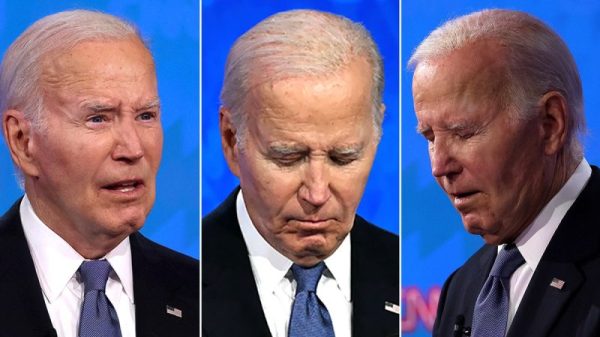The risk premium on crude oil faded considerably this week, with prices set for their steepest weekly fall since March 2023 on Friday.
However, further declines in oil prices were arrested due to a tight US market, according to experts.
This week, Brent crude prices fell from near $80 a barrel to below $70 per barrel, while West Texas Intermediate crude oil was hovering around $65 a barrel on Friday.
Following Israel’s targeting of Iranian nuclear facilities on June 13, a 12-day war ensued.
During this period, Brent crude prices initially surged past $80 per barrel.
However, prices subsequently dropped to $67 per barrel after US President Donald Trump declared a ceasefire between Iran and Israel.
“Front-month WTI has found some support around $64.50-$65.00, and the daily MACD (moving average convergence and divergence) shows signs of pulling back from seriously overbought levels,” said David Morrison, senior market analyst at Trade Nation.
For now, traders appear to be reassessing both supply risks and demand expectations as geopolitical tensions temporarily ease.
EIA data supports prices
A further fall in oil prices was not possible this week due to the increasing tightness in the US crude market.
US crude oil inventories significantly exceeded expectations, falling by 5.8 million barrels in the reporting week ending June 20, according to the Energy Information Administration’s data.
This substantial decline indicates a tight US market, with commercial crude inventories now nearly 11% below the five-year average for this period.
Refinery processing reached an unusually high level, nearing 17 million barrels per day, according to the data.
Nonetheless, gasoline inventories unexpectedly decreased by 2 million barrels from the previous week, defying expectations of a slight increase.
The main reason for this was a significant increase in US gasoline demand to 9.7 million barrels per day.
“However, it must be said that these time series are very volatile. In principle, gasoline stocks (with a 3% shortfall compared to the usual levels) are not as tight as crude oil stocks in the US,” Barbara Lambrecht, commodity analyst at Commerzbank AG, said.
Further easing of the European gas market
The EU Council, with the Parliament, has provisionally agreed to grant member states more flexibility to fulfil their gas storage filling targets.
Member states can now deviate by up to 10 percentage points from the previous target of a 90% filling level before the withdrawal phase begins.
Should market conditions prove unfavourable, an additional five percentage point deviation is permissible.
Furthermore, the EU has extended the deadline for achieving the target by two months, specifically to around November 1.
“The measures are intended to dampen price volatility,” Lambrecht said.
Following a significant drop in storage levels after winter and the subsequent rise in gas prices, achieving the 90% target at the start of the year seemed doubtful.
To prevent member states from buying overpriced gas on the spot market to meet storage deadlines, targets were made more flexible.
Demand side
There is further relief for European gas prices from the demand side.
Kpler anticipates a notable year-on-year decrease in China’s LNG imports for June.
“The reason for this is likely to be strong pipeline inflows such as from Russia,” Lambrecht noted.
If China’s LNG import demand remains subdued, European gas prices, which are now strongly determined by global LNG trading, are also likely to be kept in check.
The post Crude oil sees steep weekly fall; tight US market limits further declines appeared first on Invezz


































